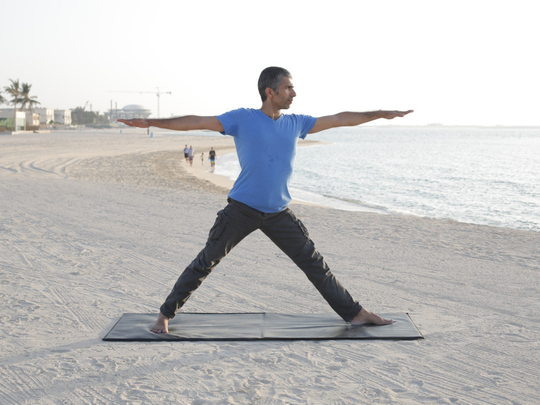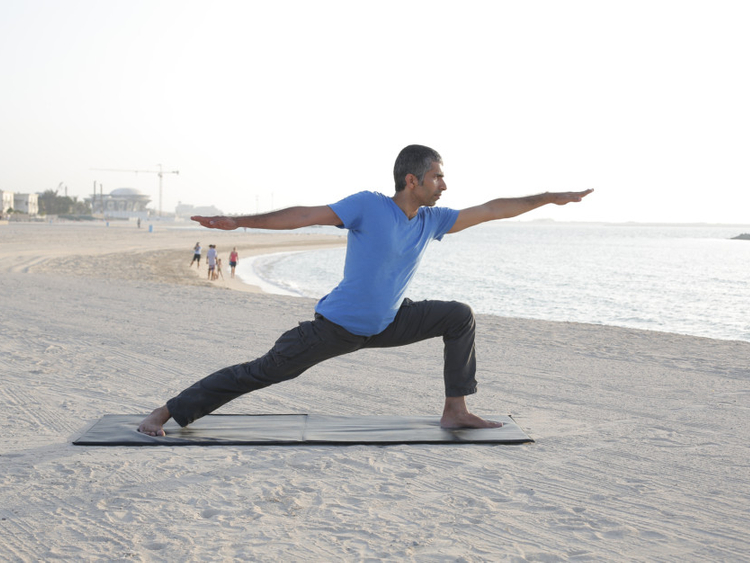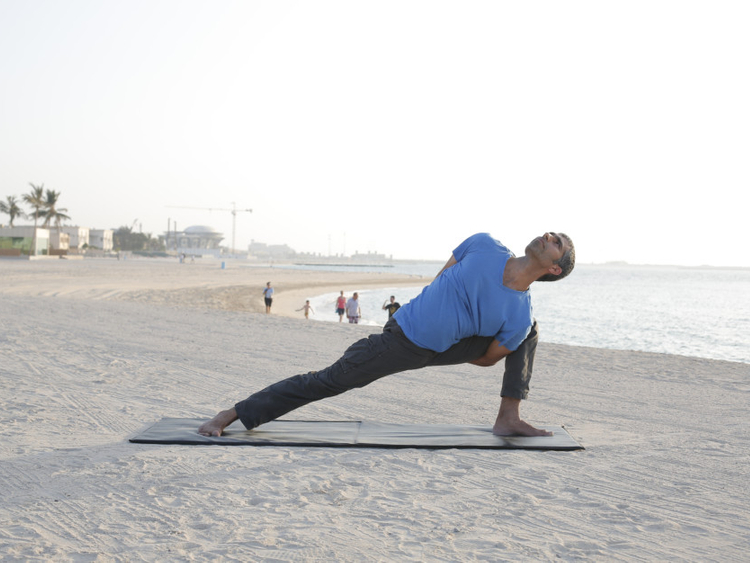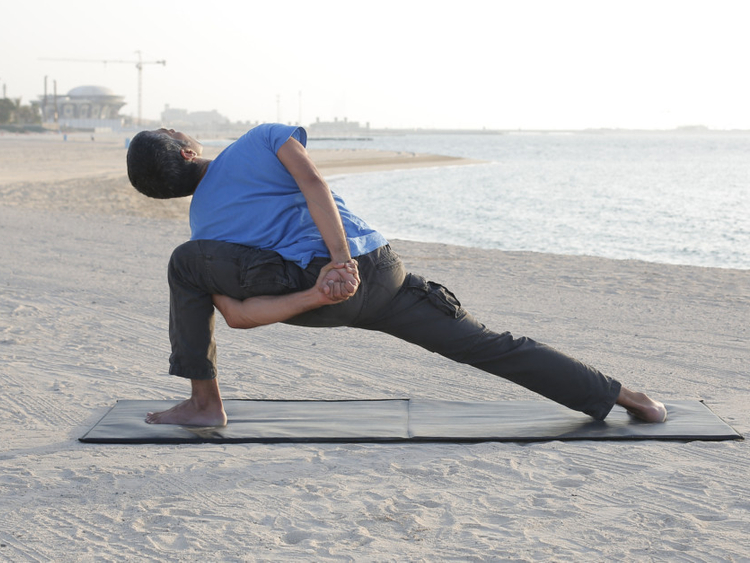
The techniques covered so far include sahaj pranayama (easy breath, Part 2), anulom vilom pranayama (alternate nostril breathing, Part 5), sheetali and seetkari pranayama (cooling breath and hissing breath, Part 6) and ujjayi pranayama (victorious breath, Part 7).
In this last part of understanding pranayama, I will explain plavani pranayama and brahmari pranayama.
Plavani pranayama (floating breath)
Plavani means that which can float. Sit in a meditative posture with the back straight and eyes closed. Focus the flow of the breath for two-three minutes to bring the mind to concentrate.
Inhale deeply five times through the mouth, opening and closing the mouth. If five is difficult, inhale for three. Pull the air into the navel area.
Hold the breath for 10 counts and lock the chin to the chest (jalandhar bandh or throat lock) and then lift the chin up and exhale through the nose.
This is one round of plavani.
After practising this for 40-50 days, move to the advance stages, where after exhaling apply the jalandhar bandh again for 10 counts. Then lift the chin up and inhale through the nose. That completes one (advance) round. Practice 10-15 rounds.
During inhalation awareness is in the navel area and during throat lock, awareness remains between the eyebrows.
Some yogis use plavani pranayama to meditate in water. If this technique is practised in a swimming pool, inhale five times and exhale only for three counts. Then inhale again. This ensures there is plenty of air in the lungs at any given point. This makes the body float. While floating the awareness should be on the navel area.
Plavani is best practised in high altitude areas, especially in the mountains, where the air is fresh and less polluted.
Benefit
Plavani works on the jatharagni (digestive fire) seated in the navel area. When you are low on energy, tired or drained, this helps improves energy levels. It is tremendously helpful in cases of depression.
Brahmari pranayama
This is the humming breath. The simplest way to do this is to sit in any meditative posture with the back straight and eyes closed. Close the ears with the thumb and place the fingers on the head. Keep your teeth loosely together and tongue resting against the teeth with the lips closed. Inhale deeply and emit a prolonged humming sound — hummmm — from the back of the throat, while exhaling.
This sound reverberates in the head and mouth, vibrating against the upper palate, gums and the whole of the spine, from the tip of the tailbone to the topmost vertebra resting in the head.
Repeat 10-15 times.
Benefits
- Bhramari relieves stress and cerebral tension and brings about a deep state of relaxation.
- It helps in alleviating anger, anxiety, insomnia and high blood pressure.
- It speeds up the healing of body tissue and may be practised after surgery.
- It strengthens and improves the voice and eliminates throat ailments.
- It increases concentration.
- It is an excellent practice during pregnancy and helps in the wellbeing of the baby and mother.
Practice of the week
Parsvakonasana- step 1, 2, 3
Parsvakonasana- II
Next week: Meditation and its effects
— This is an interactive series, in which we bring you practical tips on daily living, inspired by the vision of yoga. Write in to tabloid@gulfnews.com with your questions and doubts regarding enhancing your lifestyle through yoga. For more information, call 800-YOGA (9642) or log on to artisticyoga.com
















